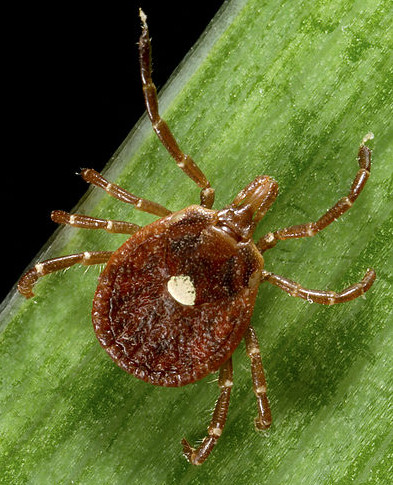(image via Tm at Wikimedia)
I freakin’ hate parasites. They completely skeeve me out and now I have even more reason to detest them. Scientists have found a virus, previously unknown, found in the nymph form of Lone Star Ticks called the Heartland Virus. (Heartland Virus study report in New England Journal of Medicine.)
The virus causes fever, headaches, low white blood cell counts (leukopenia), low platelet counts (thrombocytopenia), and possibly diarrhea & loss of appetite. So far, 2 men in northwest Missouri have caught it after being bitten by ticks. No word yet if cats and dogs can get it.
Take steps to protect yourself from ticks. And remember to protect your pets from ticks. If either of you become ill after a tick bite, seek medical help.
Ticks carry a ton of other disease that affect cats, dogs, rabbits, other companion animals, and, of course humans. The mere presence of ticks on your pet can cause tick paralysis.
Ticks carry a number of diseases including:
- Feline Cytauxzoonosis
- Babesiosis
- Ehrlichiosis
- Lyme Disease
- Rocky Mountain Spotted Fever
- Tick Paralysis
- Hepatozoonosis
- Tularemia
- Haemobartonellosis
- Feline Infectious Anemia
- Myxomatosis
Be sure to check out:
Post on the EPA evaluation of topical flea & tick treatments that includes super important safety tips on their use.




